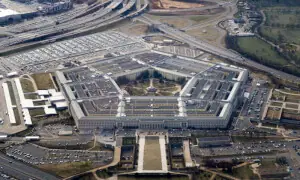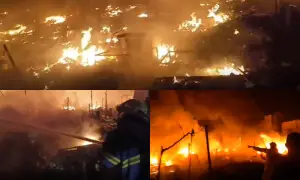Ozone layer on road to recovery despite volcano eruption: WMO
The world’s ozone layer is on “the road to long-term recovery” despite a destructive volcanic eruption in the South Pacific, the World Meteorological Organization said on Tuesday, after efforts to phase out ozone-depleting chemicals.
On current trends, the ozone layer is on track to recover to 1980 levels by around 2066 over the Antarctic, 2045 over the Arctic and 2040 for the rest of the world, the United Nations agency said.
Though the volcanic eruption near Tonga in early 2022 led to a short period of accelerated depletion of ozone above Antarctica last year, driven by higher levels of atmospheric water vapour, overall losses were limited, it said in its annual ozone bulletin, opens new tab.
The ozone layer protects the earth from the sun’s ultraviolet radiation, which is linked to skin cancer and other health risks.
The Montreal Protocol, which came into effect in 1989, agreed to phase out chlorofluorocarbons and other ozone-depleting substances, and its success “stands out as a powerful symbol of hope” at a time when multilateral cooperation has come under strain, said UN Secretary General Antonio Guterres in a statement.
CFCs have been largely replaced by hydrofluorocarbons, which do not cause ozone depletion but are a powerful climate-warming greenhouse gas.
Countries are now implementing the 2016 Kigali amendment to Montreal, which will phase down HFC production, and could avoid around 0.5 degrees Celsius of warming by 2100.
China remains the world’s biggest HFC producer, with current capacity the equivalent of nearly 2 billion metric tons of carbon dioxide. About a quarter is exported.
China’s environment ministry said on Monday it would soon publish a plan to better control HFC production. As a developing country, it is obliged to cut HFC consumption by 85% from 2013 to 2045.
China is cutting manufacturing quotas and cracking down on illegal production, but it warned this year it still “faces huge challenges” in phasing down HFCs, which are used by a wide range of different industries, many of which have struggled to find substitute products.
For the latest news, follow us on Twitter @Aaj_Urdu. We are also on Facebook, Instagram and YouTube.



















Comments are closed on this story.